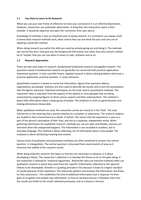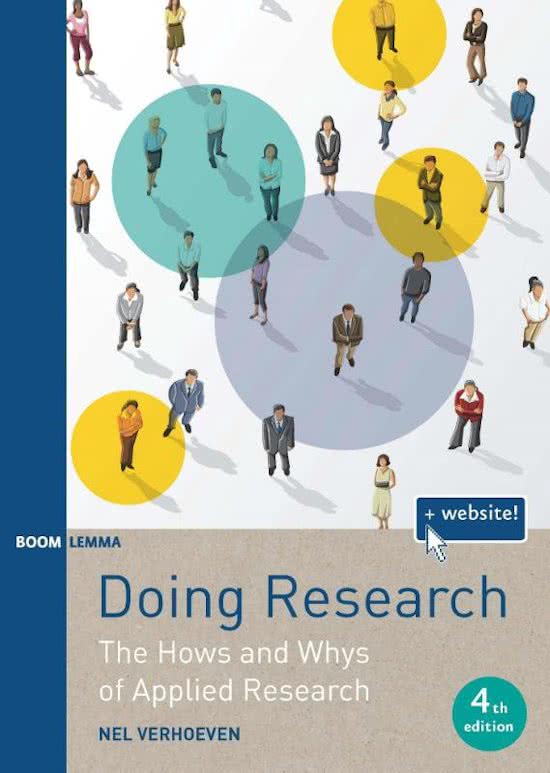Samenvatting
Research summary
Twee samenvattingen: - de eerste 27 pagina's zijn een samenvatting van het boek; - de laatste 13 pagina's zijn een samenvatting van powerpoints en video's van de docent. Het is een samenvatting van Doing Research 4e editie door Nel Verhoeven, hoofdstuk 1, 2, 3, 4.1, 4.2, 6.1, 6.2, 6.4, 6.5, 7.1, 7...
[Meer zien]





